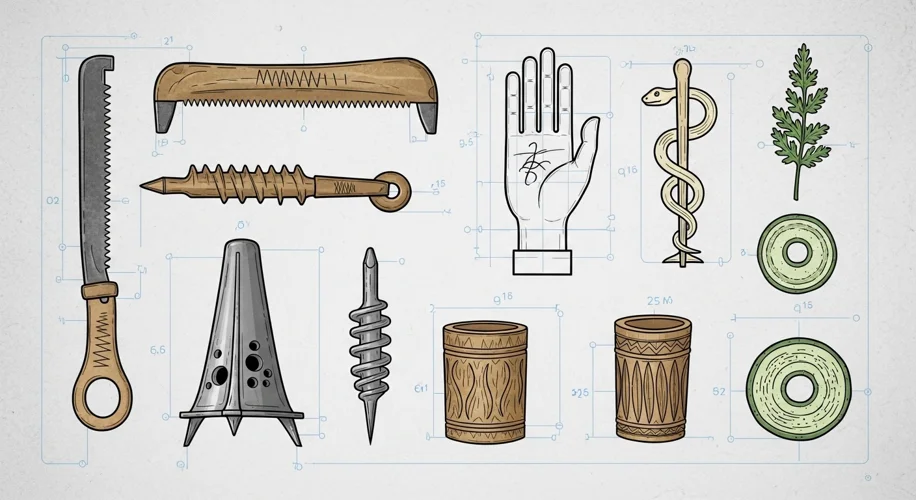You know I usually talk about markets, crypto, and how to optimize your financial strategy. I focus on actionable insights, backed by data. But sometimes, to understand where we’re going, you need to look at how far we’ve come. And I recently stumbled into some fascinating archaeological findings that really put human ingenuity into perspective: ancient medical practices.
It’s not about magic or rituals. It’s about early humans facing a fundamental problem – injury, illness – and trying to find a solution. No different from an investor analyzing a market crash and trying to find the best recovery strategy. They were building their own systems for healthcare, based on observation and trial-and-error.
Take surgery, for instance. We’re talking thousands of years ago, long before anesthesia or sterile environments. Yet, archaeologists find clear evidence of complex procedures. Skulls show successful trepanation – drilling holes in the head. This wasn’t always fatal; many patients survived, with bone regrowth around the edges. They were attempting to relieve pressure, treat headaches, or even psychological conditions. It was a high-risk play, but they executed it. And fractures? They set bones. Splints, casts made from plant materials or clay, even traction devices have been identified. It tells you these people were keen observers. They understood basic anatomy and mechanics without modern tools.
Then there are the remedies. We’re not talking superstitions here; we’re talking empirical data, collected over generations. Ancient texts and botanical remains found at sites show detailed knowledge of plants. Willow bark was used for pain relief, which contains salicylic acid, a precursor to aspirin. Opium poppies for sedation. Specific herbs for digestion or infection. They weren’t guessing. They observed effects, refined their methods. It’s like building an investment portfolio: you test, you observe, you refine based on what works.
Now, sometimes beliefs played a role. Illness was often linked to spiritual causes or divine punishment. But even alongside that, you see practical hygiene. Ancient Egyptians had basic sanitation. Romans had public baths and elaborate aqueducts. They understood that environment mattered. It’s about managing risk. You might pray for a good outcome, but you still implement practical steps to improve your chances.
What’s the takeaway? It’s the human drive to problem-solve. To analyze symptoms, apply solutions, and refine methods based on results. Whether it’s managing a debilitating illness in ancient Egypt or navigating volatile markets today, the core process is the same: observe, analyze, act, refine. The tools change, the context shifts, but the fundamental human ingenuity? That’s timeless. It’s about recognizing the challenge and finding the best available solution, even when the data points are limited. That’s a lesson that applies to anything you’re trying to achieve, financial or otherwise.

